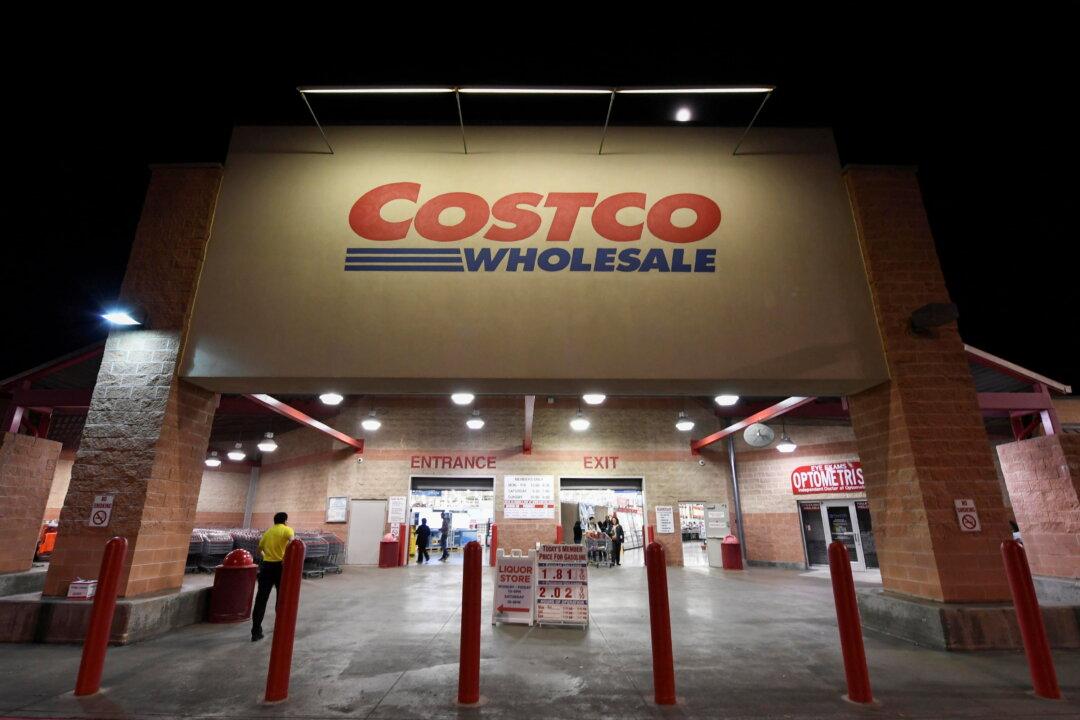Online inventory of gold bars is being snapped up by customers rapidly, said Costco on Tuesday.
“I’ve gotten a couple of calls that people have seen online that we’ve been selling one-ounce gold bars, yes, but when we load them on the site, they’re typically gone within a few hours and we limit two per member,” said Richard Galanti, executive vice president of Costco, during the company’s Q4, 2023, earnings call on Sept. 26. At present, Costco offers 1 ounce, 24 karat gold bars from two suppliers on its website—South Africa’s Rand Refinery and Switzerland’s PAMP Suisse.





